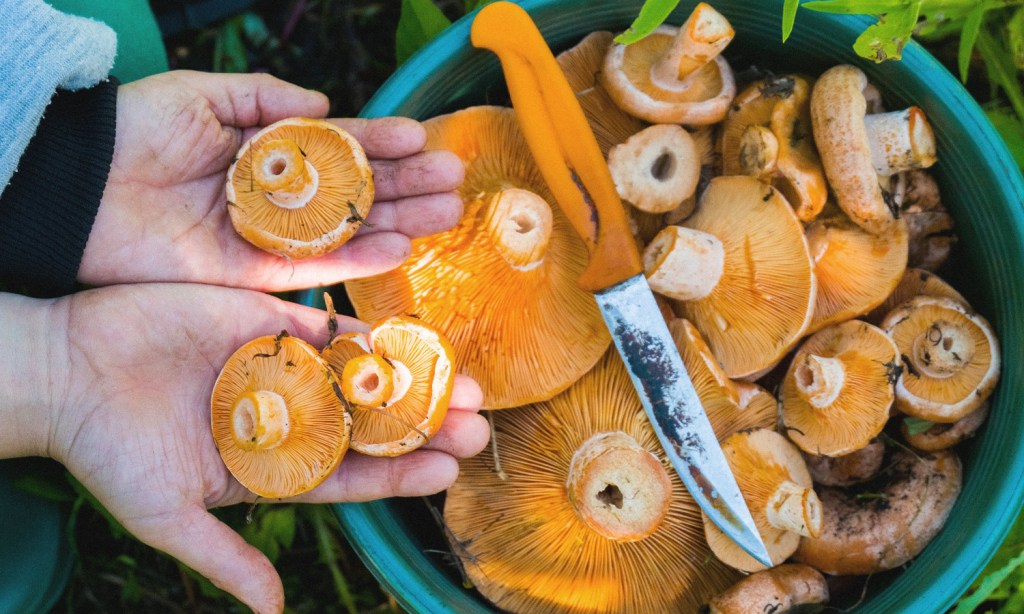Autumn is arguably the best time of the year in Australia. It’s not disgustingly hot and there is much cause for celebration. No, not Easter or ANZAC Day (AKA, Two-Up Day), but the celebration of mushroom foraging season. Right now, as the temperatures drop and the rains come in, mushrooms are popping up across Australia like, well, mushrooms.
Of course, you have to be a particularly brave individual to go out, pick some mushrooms, and put them on your dinner plate. Around this time every year in Australia, there are cases of poisoning from accidental mushroom ingestion, with some even resulting in death. Councils and other regulatory bodies often release warnings from February onwards telling people to not eat fungi they find on the floor.
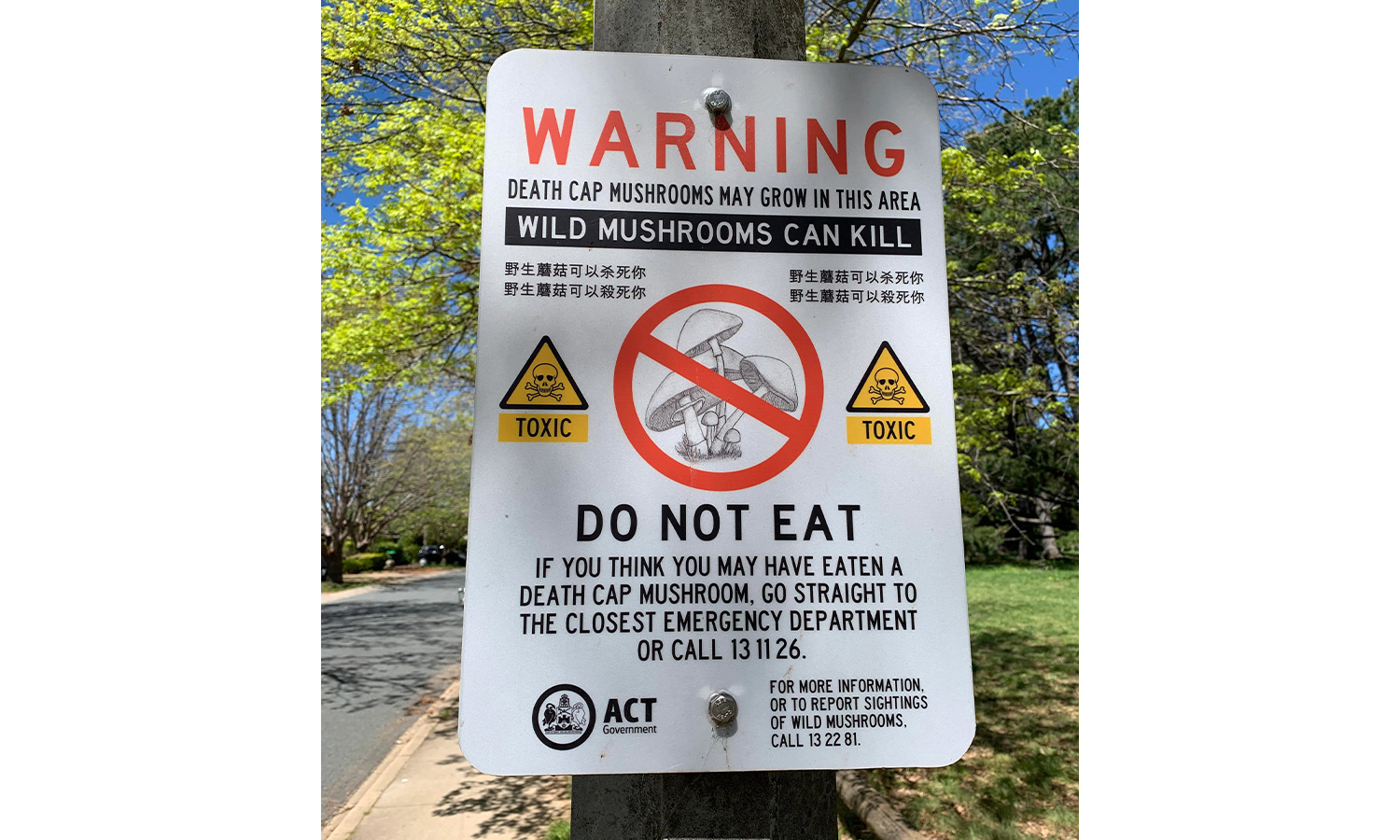
There’s a saying in mushroom foraging; there are old foragers and there are bold foragers, but there are no old, bold foragers. It probably applies to other professions as well. But many who go a-picking are not arrogant or ignorant but are confidently following the traditions of their ancestors and heritage. In the forests right now, you’ll find Italians, Croatians, Ukrainians, and Poles all happily gathering what the forest provides. Mushroom foraging is a key part of much of European and Asian culture.
Even if you’re not European or Asian, you can still get involved in gathering your own organic, free-range food from the forest. And, with the cost of living crisis being what it is today, there’s no better time to learn about this fulfilling, wholesome practice.
So, get your boar-hair mushroom knife, grab a wicker basket, and get ready to learn how to gather your own supplies of fresh and delicious mushrooms.
Foraging Classes Near Me
Going out into the forest armed with little more than some blurry images or a field guide can be daunting.
The best way to learn about mushroom foraging is to take a class. Not only will you be shown specifically what to pick, what not to pick, and the best way to do it, but you’ll also be ‘getting eyes on’ the species you’re after. Reading about or seeing images of your target is all well and good but mushrooms can look vastly different in the field to what they do at home.
Some good options, if you’re in the Sydney area, are Diego Bonetto’s classes, one of the foremost experts in foraging who can teach you about not only mushrooms but edible plants too. Moss House, run by Margaret Mossakowska, also run very highly regarded classes in the Hampton area, beyond the Blue Mountains.
In the Melbourne area, Cameron Russell has been running mushroom tours in the Mornington Peninsula for over two decades and is a wealth of knowledge.
If you can, it’s definitely worth booking into one of Alison Pouliot’s classes. She’s an ecologist who literally wrote the book on mushroom foraging in Australia and runs classes throughout Victoria, Tasmania, New South Wales, and the ACT.
Of course, if you can’t wait, get a friend who knows about mushrooms to take you out into the forest and share their knowledge with you. Just make sure they really, really know what they’re doing.
Mushroom Foraging Near Me
Australia is home to an estimated 250,000 species of mushrooms, only 5,000 of which have actually been described, let alone assessed for edibility. Of course, Indigenous people have been eating mushrooms in Australia for thousands of years, but the species they were after aren’t the most beginner friendly.
Mushrooms can be found all year round throughout Australia, particularly in the Spring and Autumn when there is usually high rainfall. Autumn brings out many of the classic edible species that people are usually after, all of which are actually imported, foreign species.
Because those species are adapted to European climates, you’ll find that most of them only really grow in similar environments. That means the east coast of NSW, down through the ACT, Victoria, and parts of southern SA as well as some southern parts of WA are really where you’re going to find Autumn mushrooms in Australia.
In terms of where to look, pine forests are a good bet. However, the laws over mushroom gathering on public and private land vary considerably. Many state forests, like those in NSW, allow people to pick mushrooms for personal consumption without a permit, but not all states and territories are as casual about it. Check local laws before you go.
How to Forage for Mushrooms Without Dying
When venturing out for your first pick, it’s advisable to get to know one or two target species really well before branching out into others. Although the vast majority of mushrooms won’t kill you, the vast majority also aren’t edible and will leave you with horrible indigestion or worse. The safe bet is to know what you’re looking for and only pick that.
In recent years, there has been a major resurgence in interest in mushrooms, with species like Turkey Tail and Lion’s Mane being heralded for their apparent health properties. While Turkey Tail (Trametes versicolor) does grow in Australia, it can be hard to find and to identify. Lion’s Mane (Hericium erinaceus) is not native to Australia, although its relative, the Coral Tooth Fungus (Hericium coralloides) has been found in Victoria.
As for other popular edible species, like Chicken of the Woods, Morels, and Chanterelles, these too can be found in Australia but are also fairly localised and difficult to spot.
For beginner mushrooms, you can’t go past Saffron Milk Caps and Slippery Jacks. These two are the bread and butter of beginner mushroom foraging.
Saffron Milk Caps (Lactarius delicious) are prized for their nutty, earthy flavour and are a good starting mushroom given there are no dangerous lookalike species that grow in the same areas. Saffron Milk Caps, otherwise known as Pine Mushrooms, grow in symbiosis with North American pine trees (Pinus radiate). If you’re not seeing those pines, the mushroom in front of you is not a Pine Mushroom.
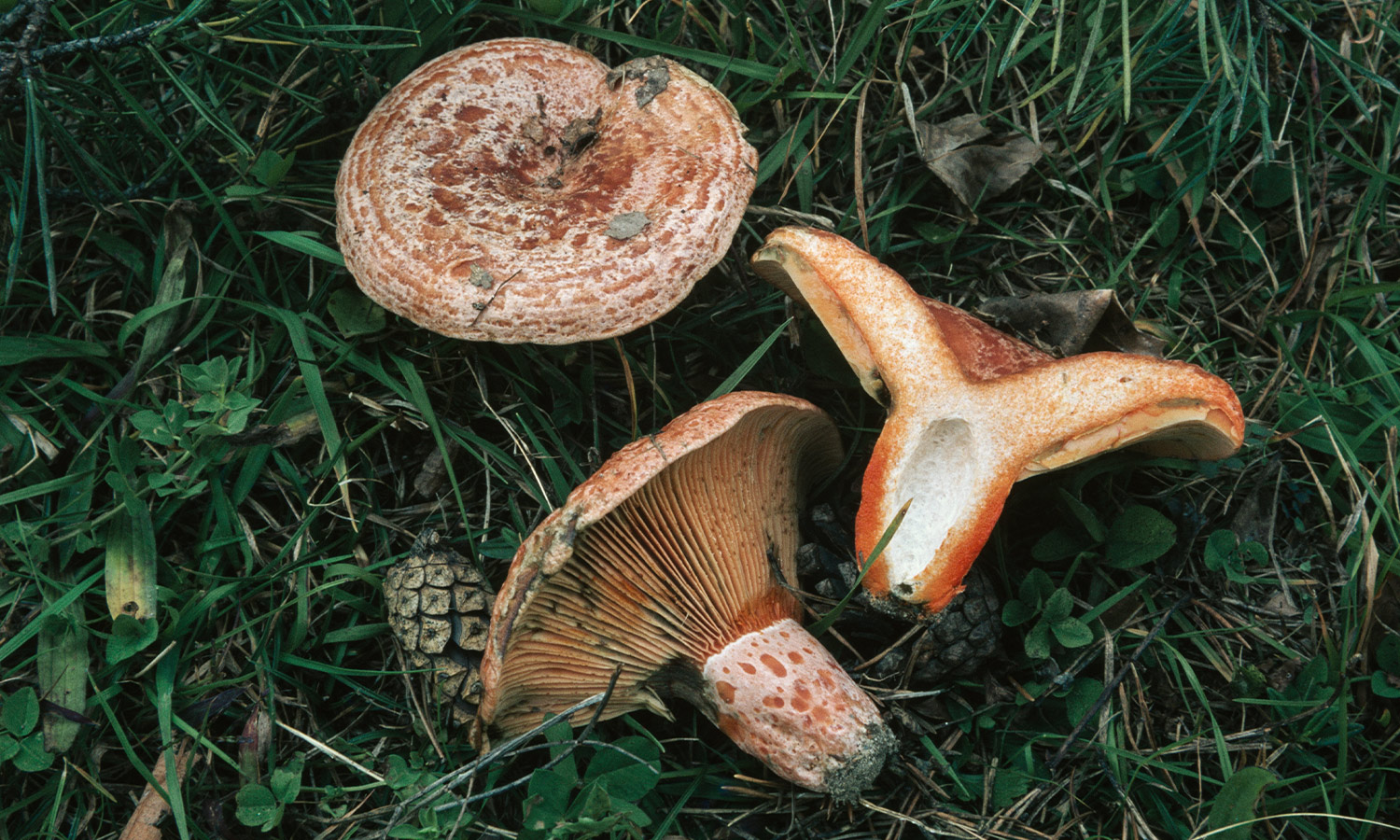
Saffies are large, orange mushrooms with creamy rings on their cap. They have hollow stems, grow in a rounded cone-like shape, and have thin, orange gills on the underside. They also bruise greenish-blue when damaged. It’s key to make sure all of these characteristics exactly match the species you find as guesswork isn’t good enough in foraging.
Slippery Jacks (Suillus leutus) are a little more complex than Saffies. They also grow exclusively with pine trees but have other species, which are also edible but less tasty, that grow near them. These are members of the Bolete family of mushrooms, related to Porcini, which have pores on the underside instead of gills.
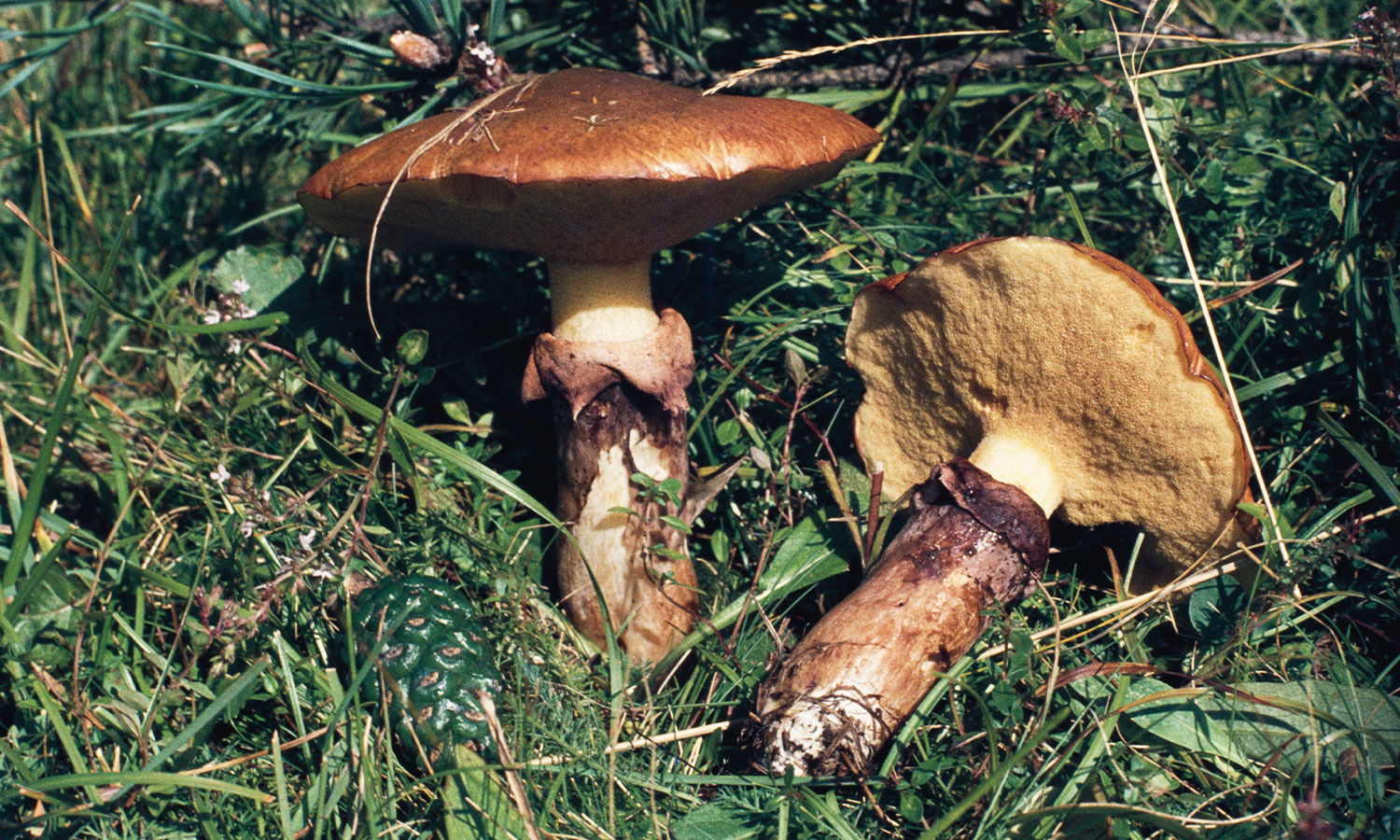
Slippery Jacks are so called because of their slimy, dark-brown cap — which is advisable to peel off before consuming. They have a creamy yellow underside with a white stem that has a veil or ring on it.
Species to be particularly cautious about include the Death Cap (Amanita phalloides), the Yellow Stainer (Agaricus xanthodermus) and the False Parasol (Chlorophyllum molybdites). These three are responsible for the majority of poisonings and fatalities in Australia.
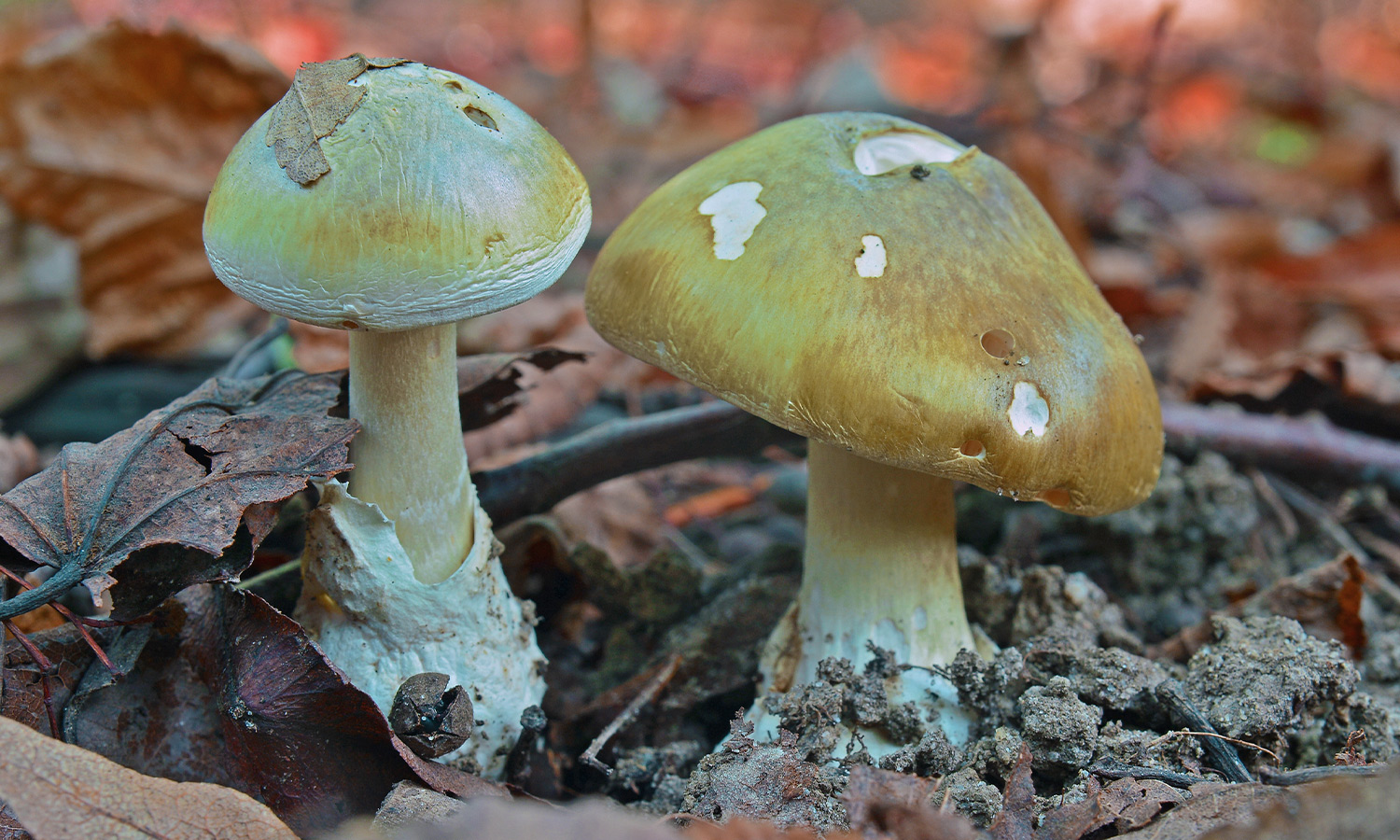
It’s also worth keeping an eye out for Galerina, Hypholoma, and Leratiomyces species as these can look virtually identical to certain ‘magical’ varieties but can make you very ill or even kill you if consumed.
Toadstools (Aminta muscaria) are also very common in pine forests and easily found due to their iconic red and white colouring. These are also highly toxic unless properly prepared and for the beginner are likely not worth bothering with.
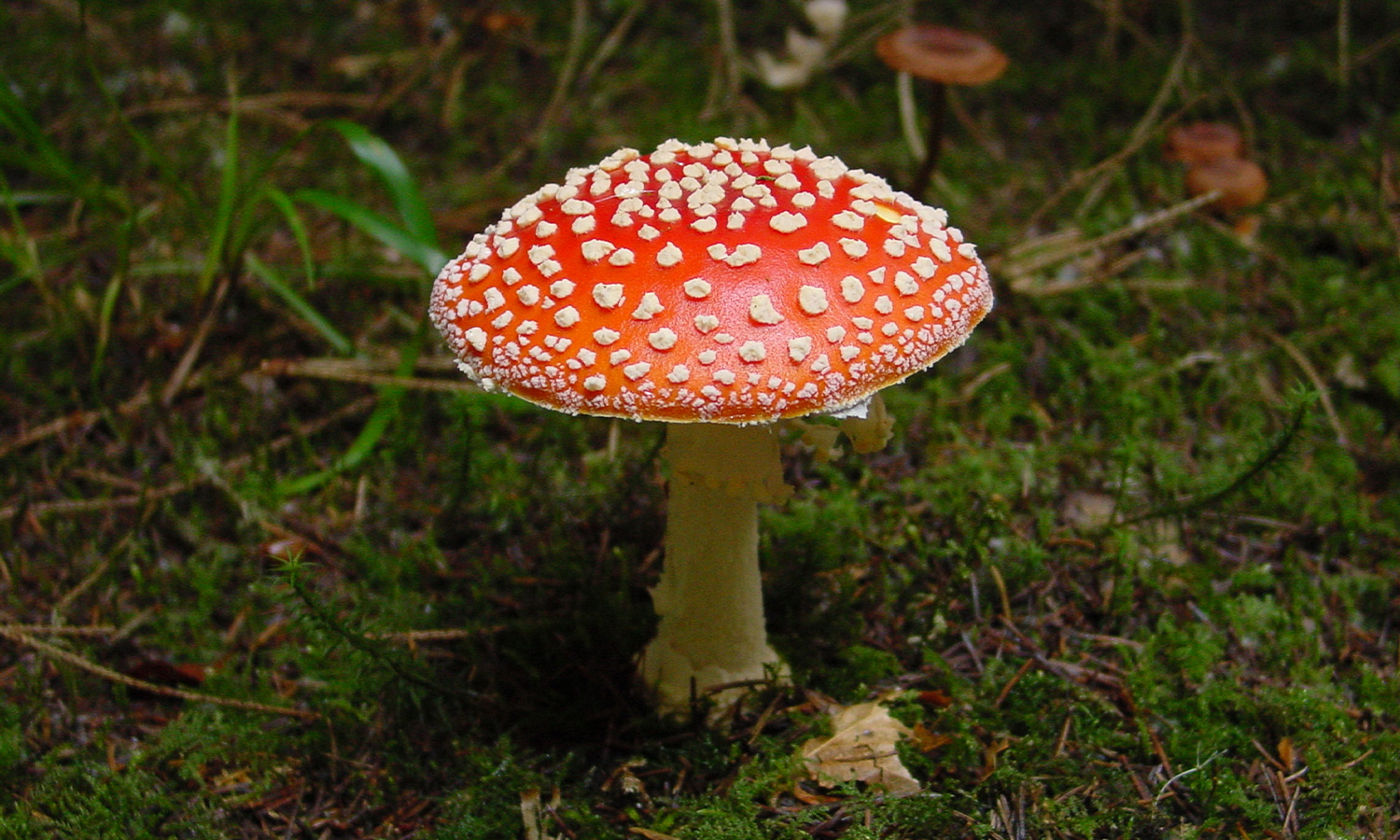
Always remember ‘if in doubt, throw it out’. There’s no point in dying or becoming critically ill over a free meal. If you’re unsure, there are Facebook groups and other forums out there with people who can identify your mushrooms for you as long as you’re helpful and polite.
Finally, never take what you can’t use, leave the small ones for others to find, and maintain respect for what the landscape has provided for you. Happy hunting.
Related: Finding Food In the Forest: How a Pandemic Sparked New Interest In Mushrooms
Related: Check Out This Incredible Mushroom Art Exploring Violence Against Women
Read more stories from The Latch and subscribe to our email newsletter.


